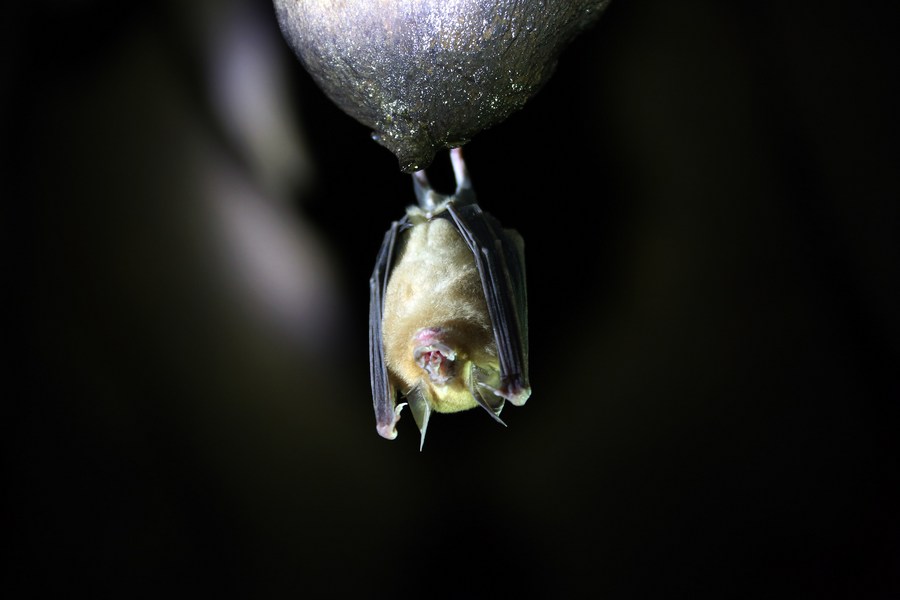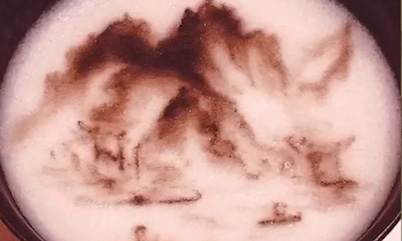Chinese scientists reveal how bats facilitate virus transmission

A bat is seen inside a karst cave named as "Laogan Cave" in Weining County of southwest China's Guizhou Province, May 12, 2016. (Xinhua/He Huan)
KUNMING, March 14 (Xinhua) -- Chinese researchers have found that an immunosuppressive protein concentrated in the bat salivary glands could help the animal facilitate virus transmission.
Bats are increasingly considered potential reservoirs of many viruses that cause zoonotic diseases through spillovers to other animals and humans. However, scientists have a limited understanding of the factors contributing to virus shedding from bats.
According to researchers from the Kunming Institute of Zoology under the Chinese Academy of Sciences and Army Medical University, bats have a unique set of antiviral immune responses that control virus propagation while limiting self-damaging inflammatory responses.
Many studies speculated that bats have immunologically privileged sites in the body where the flying mammal can tolerate the introduction and residence of foreign antigens without eliciting an inflammatory immune response. Oral cavities, as the channel of virus entrance and shedding, are taken as an immunologically privileged site in bats.
The researchers said that they identified an immunosuppressant protein called MTX. MTX possibly creates an immunologically privileged environment and induces host immune tolerance to viruses in bats' oral cavities by counteracting the host immune response.
The finding has been published in the U.S. journal the Proceedings of the National Academy of Sciences (PNAS).
In further studies, they found that giving MTX to mice facilitated the infection of the H1N1 flu virus, leading to an enhanced virus invasion and tissue damages.
The researchers said that MTX is highly concentrated in the bat salivary glands. Their study suggests a mechanism for generating immunological privilege and immune tolerance in bats and provides evidence of viral shedding through oral secretions.
Meanwhile, MTX might be a potential candidate for developing anti-inflammatory drugs, said the researchers.
Photos
 Traditional tie-dye products of Buyi ethnic group in Guizhou popular among tourists
Traditional tie-dye products of Buyi ethnic group in Guizhou popular among tourists Girls from mountainous areas in Hainan pursue football dreams
Girls from mountainous areas in Hainan pursue football dreams Chinese artist forms elaborate images using whisked tea foam in revival of Song Dynasty’s cultural splendor
Chinese artist forms elaborate images using whisked tea foam in revival of Song Dynasty’s cultural splendor Wild lilies in full bloom as snow melts in Xinjiang
Wild lilies in full bloom as snow melts in Xinjiang
Related Stories
- Two new COVID-19 vaccines in phase three trials
- China firmly opposes U.S. intelligence community's COVID-19 origins tracing report
- Anti-science remarks and actions lead U.S. to wrong direction
- Virus origin-tracing "should not be politicized": experts
- Neo-Obscurantism: How some Western media and politicians hoodwink the public on China
Copyright © 2022 People's Daily Online. All Rights Reserved.






